DROPS Brushed Alpaca Silk
A luxurious blend of brushed alpaca and mulberry silk
from:
2.51$
per 0.9 oz
Content: 77% Alpaca, 23% Silk
Yarn Group:
C (16 - 19 stitches)
/ 10 ply / aran / worsted
Weight/yardage: 0.9 oz (25 g) = approx 153 yds (140 m)
Recommended needle size: US 8 / 5 mm
Gauge: 4" x 4" / 10 x 10 cm = 17 sts x 22 rows
Care: Hand Wash, cold max 30°C / 86F. Dry Flat
Made in: Peru
Raw material origin: Alpaca from Peru, silk from China
This yarn has an Oeko-Tex® certification (certificate number 23.HPE.36896), Standard 100, Class II from the Hohenstein Institute. This means that is has been tested for harmful substances and is considered safe in human-ecological terms. Class II means the yarn is suitable to come in direct contact with the skin to a large extent, such as blouses, shirts, mattresses, etc.
A luxurious yarn in an exclusive mix of brushed, superfine alpaca and subtle, shiny silk - DROPS Brushed Alpaca Silk is super soft and has a sophisticated shade card ranging from soft beige and gray hues, to gorgeous reds and purples.
Being feather light and surprisingly warm, DROPS Brushed Alpaca Silk is suitable for both small and large garments, and it can be knitted relatively fast on larger needles. This yarn is also great as an effect yarn, so try working it together with other qualities for extra soft and lovely results.
Read more about our products' sustainability here
Please be aware that the colours shown may vary from screen to screen in the same way that shades may vary slightly from dye lot to dye lot.
How do I care for this yarn?

Hand Wash, cold max 30°C / 86F. Dry Flat
First of all, consider just airing the garment, instead of washing it. If you still desire to wash it, here are some guidelines:
- Hand wash at 30ºC - separately - with wool detergent without enzymes or optical brighteners.
- Don’t let the garment soak. Move the garment gently back and forth, do not rub or squeeze it.
- Rinse the garment until the rinse water is completely clear, making sure the water temperature stays uniform.
- Do a light centrifugation of the garment (about 800rpm), choosing a program that DOES NOT take in water at the start. Or press carefully the water out of the garment with a dry towel. The garment shouldn’t be twisted or rolled.
- To dry the garment, shape it and lay it flat - do not hang - ideally on a warm bathroom floor or on top of a drying rack in a room with good air circulation. Never dry the garment in direct sunlight.
- Don’t tumble dry.
Note: If you are washing a project made with this yarn combined with another, the general guideline is to follow the washing instructions for the most delicate of the yarns you are working with.
Do you have a question about this yarn?
See a list of frequently asked questions (FAQ) about our yarns.
1) What type of fibers make the DROPS yarns?
Yarn can be made from a large number of natural and synthetic fibers. DROPS carries mainly yarns made from wool, cotton, alpaca, linen, mohair and silk. Each fiber type has its own qualities, and they are often mixed to take advantage of the best properties of each one. Coarse yarn has the advantage of being stronger and more durable, and finer fibers offers more softness and comfort. Here a bit about the main fibers we carry:
Alpaca:
Alpaca fleece is the natural fiber harvested from an alpaca, and it is similar in structure to sheep wool fiber. Its softness comes from the small diameter of the fiber, similar to merino wool. It is a soft, durable, luxurious and silky natural fiber. Yarn made from alpaca fibers does not felt or pill easily, and it can be light or heavy in weight, depending on how it is spun. While similar to sheep’s wool, it is warmer, not prickly, and has no lanolin, which makes it hypoallergenic. Alpacas come in 22 natural colors, with more than 300 shades from a true-blue black through browns-black, browns, white, silver and rose-greys.
Mohair:
This fiber comes from the Angora goats, and its considered a luxury fiber. Mohair yarn is warm as wool, but much lighter in weight; it is durable, dyes well and does not felt easily. Mohair fibers have also a distinctive luster created by the way they reflect light. Despite being a hard fiber, mohair is usually spun into a very fluffy yarn, resulting in airy and lustrous garments.
Wool:
The wool fibers comes from the skin of sheep and are relatively coarse fibers. Two striking characteristics of wool are its susceptibility to heat and its felting property, which is caused by the scales on the surface. Depending upon the breed of sheep, the appearance of the wool varies.
Wool from Merino sheep is considered the finest type of wool, having as characteristics that is finely crimped and soft. All the Merino wool in the DROPS yarns has its origins in South America, coming from sheep that have not been subject to Mulesing.
Pure new wool is wool made directly from animal fleece, and not recycled from existing wool garments.
Machine washable wool is wool treated chemically to minimize the outer fuzzy layer of the fibers, and be therefore fitable for machine wash (see Superwash).
Silk:
The silk fiber is a fine continuous fiber produced from the cocoon of a moth caterpillar known as the silkworm. While silkworm is cultivated, the wild or tussah silk is obtained from uncultivated silkworm cocoons. Silk fiber is one of the strongest natural fibers and makes a wonderful knitting yarn. It blends really well with other fibers, especially wool. Silk also dyes beautifully with natural dyes.
Vegetable fibers:
There are several varieties of vegetable fibers, found in the cell walls of plants or vegetables. Of all the varieties, two are recognized as major knitted or textile fibers. They are cotton and linen.
Cotton is the fiber surrounding the seeds in a cotton pod, and it is almost pure cellulose. Cotton is usually white in color but there are green and brown varieties as well. The cotton fiber is most often spun into yarn or thread and used to make a soft, breathable textile that is good for summer clothing and accessories, making a weaker yarn than silk or linen but stronger than wool.
Mercerized cotton is cotton that has been through a mercerization treatment. This treatment gives cotton fabrics and threads a lustrous yarn that is more lustrous than conventional cotton. It is also stronger, takes dye a little more readily, makes the yarn more resistant to mildew and reduces lint. It also may not shrink or lose its shape as much as "regular" cotton.
Linen is a fiber derived from the stalk of the flax plant that is durable and stronger than any other fiber. The linen fiber is relatively soft, straight and lustrous and becomes more beautiful with age. Linen is more comfortable to wear in hot temperatures than cotton, due to the fact that it absorbs moisture better and dries more quickly.
Other materials used in our yarns include synthetic fibers such as acrylic, viscose, polyamide (nylon) and polyester.
3) What type of information can I find on the DROPS yarn labels?
All DROPS yarn labels include information about fiber content (wool, cotton, etc.), weight in grams and ounces, length in meters and yards, washing instructions and symbols (explained here), color number, dye lot number and yarn group information.
4) What are the DROPS yarn groups?
All DROPS yarns are classified into 6 different thickness groups (A to F). Yarns in a same group have similar knitting tension/gauge, and can therefore be interchanged in patterns; however the length may be different, so when substituting always calculate the amount of meters/yards needed for the pattern to know the amount of yarn you need to get.
5) Can I use a different yarn than the one mentioned in the pattern?
Yes, as long as the yarn can be worked in the same knitting tension/gauge. Always swatch to make sure you get the same number of stitches in width and rows in height as given in the pattern.
Remember that different yarns with different textures, will give the garment different looks. The yardage/length may also be different, so when substituting always calculate the number of yards needed, in order to know the amount of yarn you need.
Read more about how to calculate the amount of an alternative yarn - and how to replace 1 thread of a yarn with 2 or more of another, here.
6) What does it mean when a yarn is “Superwash”?
A superwash wool is a special wool product that has been treated or processed in a way that allows it to be machine washable. Many people are afraid to work with wool because it is so easy to shrink (though some shrink wool on purpose) and superwash wool can allow them to work with great fibers without worry. (Read more here).
7) What does “Oeko-Tex® certified” means?
The Oeko-Tex® Standard 100 was introduced at the beginning of the 1990s as a response to the needs of the general public for textiles which posed no risk to health. The Oeko-Tex® Standard 100 is a globally uniform testing and certification system for textile raw materials, intermediate and end products at all stages of production. The test for harmful substances comprise substances which are prohibited or regulated by law, chemicals which are known to be harmful to health, and parameters which are included as a precautionary measure to safeguard health.
For more info go to www.oeko-tex.com
10) How accurate are the colours on the shade cards online?
When obtaining images for the shade card, we do our best to achieve the highest level of color accuracy. Unfortunately, we cannot guarantee how images will appear on your computer screen. Every monitor displays color differently, some colors might look darker than they really are, and some colors might be more saturated on some screens. If you experience that many of the yarn colors looks different on your screen than the actual color of the skeins, you can adjust the setting on your monitor.
11) What is a micron? What does super fine / extra fine mean?
The fineness of yarn fibers is measured in microns (thousands of millimeters). Super fine alpaca wool is 26-28 microns. Fine merino wool is less than 21.5 microns and extra fine merino is under 19.5 microns. The less microns the softer and more delicate a quality can be, the more microns the more hard wear the quality will be.
12) Why are the colors in my skeins of print yarn different?
The reason why two skeins of a same print yarn look different can be 1) that both skeins are part of different dye lots; 2) that the skeins have been dyed using a technique called "magic print" (the one used for example in DROPS Delight), which provides unique patterns and smooth color transitions to each skein, meaning also that within one dye lot, lighter or darker varieties might appear. This is no fault or defect, but part of the yarn's character.
13) My store doesn’t have the color I want, what can I do?
If your DROPS store doesn’t have the yarn color you want, try contacting a DROPS Super Store (the ones with the golden badges) - they will make sure to get a hold of the color even if they don’t have it in stock themselves. See a list of all DROPS stores here.
14) Where can I find a specific dye lot of a color?
Always try contacting your DROPS store first. If they do not have the dye lot you want we recommend you to ask other knitters and crocheters in the DROPS Workshop in Facebook or Ravelry, which may have the dye lot in their stash and might be willing to part from it.
Yarn sheds because there's not enough twist to hold all of the fibers together. All yarns have excess fibers (from production) that might come off as lint or shedding, in varied degrees that depend on how the yarn is spun. Brushed yarns ("hairier" yarns) like DROPS Melody, have more of these loose fibers than other yarns, and therefore shed more. Shedding also depends on what is worn under or over the garment, and whether this pulls at the yarn fibers. It’s therefore not possible to guarantee that there will be no shedding.
Below are some tips on how to get the best result when working with hairier yarns:
- When the garment is finished (before you wash it) shake it vigorously so the looser hairs come off. NOTE: do NOT use a lint roller, brush or any method that pulls at the yarn.
- Place the garment in a plastic bag and put it in your freezer - the temperature will cause the fibers to become less attached to each other, and excess fibers will come off easier. Leave in the freezer for a few hours before taking it out and shaking it again.
- Wash the garment according to the instructions on the yarn label. Garments worked with hairier yarns usually need to be shaken once dry after washing, so that the hairs rise and any excess fibers can come off.
Pilling is a natural process that happens to even the most exclusive of fibers. It's a natural sign of wear and tear that is hard to avoid, and that is most visible in high friction areas of your garment like a sweater's arms and cuffs.
You can make your garment look as new by removing the pilling, using a fabric comb or a pill/lint remover.
How can I replace this yarn?
If you are looking to replace this yarn with another DROPS yarn, you can use another yarn within the same yarn group, or try our yarn converter!
Other yarns in Yarn Group C
Read more about replacing yarn.Have a problem with the DROPS yarn you purchased?
When you purchase yarn from the shade cards or patterns on our site, you are not buying directly from DROPS but from one of the hundreds of DROPS stores around the world. It is therefore important that you take contact with the DROPS store where you bought the yarn, and that you save the labels of all the skeins you purchased (they are your warranty).
The DROPS store you contact will assist you and escalate the claim if necessary. Find a list of DROPS stores here.
Comments / Questions (427)
![]() Jutta wrote:
Jutta wrote:
Ich habe heute auf der Strickmaschine aus 6 Knäueln in Halbpatent einen wunderbaren Schal mit 240 cm Länge daraus gestrickt, ein duftiger Traum und kuschelig weich, einfach toll diese Garn
10.12.2013 - 20:11
![]() Christianne wrote:
Christianne wrote:
Bonjour, pouvez-vous me dire quand cette laine sera à nouveau disponible ? merci cordialement
09.12.2013 - 15:34
![]() Iviva wrote:
Iviva wrote:
J'ai esayé de tricoter Alpaca Silk avec des aiguilles n°5 pour un échantillon de 17 mailles !? Je préfère des aiguilles n°3 pour un échantillon de 23- 25 mailles ... Votre opinion me serait bien utile ! Merci à vous .
08.12.2013 - 08:42
![]() Inka wrote:
Inka wrote:
Hi Ronja, bei mir ließ sie sich super gut gemeinsam mit "Alpaca" verstricken... wäre das vielleicht eine Option? Grüße!
05.12.2013 - 15:53
![]() NASSIF Jacqueline wrote:
NASSIF Jacqueline wrote:
Bonjour, savez-vous quand arriveront ces pelotes ??? merci d'avance J.N.
05.12.2013 - 14:39
![]() SANTORO wrote:
SANTORO wrote:
Bonjour, Pourriez vous m'indiquer la date exacte à laquelle vous recevrez ce fils car en rupture dans l'ensemble des boutiques. Merci .
03.12.2013 - 10:59
![]() Ronja wrote:
Ronja wrote:
Hallo, bitte hat jemand einen Tip für mich, wie man diese Wolle strickt? die ist ja ziemlich wiederspenstig...rutscht nicht auf der nadel (die eigentlich schon extra glatt ist). ich nehme nadel nr. 5... ansonsten ist die ja so supertoll weich...wäre schade, ich bin schon nahe dran, die im schrank zu verstauen...
25.11.2013 - 17:48
![]() Nath wrote:
Nath wrote:
Bonjour, je voudrais savoir quand seront disponibles les nouveaux coloris de cette superbe laine.ils sont présents dasn votre nuanacier mais je ne les vois pas encore dans les boutiques. merci
24.11.2013 - 19:39
![]() Mimi wrote:
Mimi wrote:
Je voulais commander ce fil couleur écru mais indisponible !! A quand la possibilité de commander ?? Merci de me répondre !
11.11.2013 - 22:09
![]() Sabine wrote:
Sabine wrote:
Sind noch weitere Farben geplant? Wenn ja, welche? Danke & Gruß
06.11.2013 - 21:23
![]() Sari wrote:
Sari wrote:
Suomen kielessä ei ole sanaa luksullinen. Silti se toistuu teksteissänne usein. Näyttää hölmöltä, välinpitämättömältä ja Google -kääntäjällä tehdyltä.
03.11.2013 - 18:46
![]() Sabine wrote:
Sabine wrote:
Ein tolles Garn. Habe es in Hellbeige. Sind noch weitere Farben geplant? Wenn ja, welche?
03.11.2013 - 13:11
![]() Laurence wrote:
Laurence wrote:
Bonsoir, peut on utiliser cette laine pour faire une écharpe au crochet 3.5 Merci pour votre réponse
01.11.2013 - 02:02Drops Design answered:
Bonjour Laurence, on tricote Alpaca Silk avec des aiguilles 5, un crochet 3,5 donnera probablement une texture un peu plus ferme. Demandez conseil à votre magasin DROPS, il saura vous conseiller. Bon crochet!
01.11.2013 kl. 08:55
![]() DROPS Design NL wrote:
DROPS Design NL wrote:
Hoi Dorien. Je kan eigenlijk alle garens blocken. Bij twijfel kan je altijd je proeflapje wassen en blocken, dan weet je goed hoe het garen reageert. Veel plezier.
28.10.2013 - 13:07
![]() Dorien wrote:
Dorien wrote:
Wat een prachtig, zacht, luxe garen! Kan ik mijn gehaakte shawl blokken of is dat met dit garen niet handig om te doen?
26.10.2013 - 22:05
![]() Dorien wrote:
Dorien wrote:
Wat een prachtig, zacht, luxe garen! Kan ik mijn gehaakte shawl blokken of is dat met dit garen niet handig om te doen?
26.10.2013 - 22:05Cristina wrote:
Hola desde Argentina una pregunta: para un sweter o pulover de manga larga talle mediano que cantidad de lana alpaca silk necesito? GRACIAS Y SIGAN ASÍ!
26.10.2013 - 03:09
![]() Karin wrote:
Karin wrote:
Je voudrais savoir s'il est possible de doubler la laine pour un effet de volume et d'épaisseur mais je ne sais pas si je dois tricoter en 5 ou prendre un numéro au dessus. Merci pour vos conseils
18.10.2013 - 22:53Drops Design answered:
Bonjour Karin, vous pouvez tout à fait tricoter le fil en double, vous pouvez essayer avec différents numéro d'aiguilles pour trouver la texture qui vous convient le mieux. Bon tricot!
19.10.2013 kl. 10:03
![]() Kjersti wrote:
Kjersti wrote:
Dette virker som et fantastisk garn, skulle gjerne sett det i flere farger.
18.10.2013 - 20:27
![]() Linn wrote:
Linn wrote:
Hej, jag tänkte bara fråga hur alpacka garnet är producerat? Mår djuren bra? hur har de det? Tack för bra sida. Mvh Linn Warg
17.10.2013 - 09:44
![]() Bente Tøttrup wrote:
Bente Tøttrup wrote:
Et superlækkert garn, men strikkefastheden 17 maker på pind 5 passer kun hvis det strikkes i dobbelt garn
10.10.2013 - 20:33
![]() Véronique LH wrote:
Véronique LH wrote:
Laine douce et légère, économique. Je la tricote avec du 4,5, c' est plus régulier.
06.10.2013 - 18:37
![]() DROPS Design NL wrote:
DROPS Design NL wrote:
Beste mevrouw. U kunt nu de garens bestellen bij een paar Belgische winkels. Klik op België om de winkels te zien.
04.10.2013 - 10:50
![]() K. Dieryck wrote:
K. Dieryck wrote:
Vanaf wanneer kunnen we de kwaliteit Alpaca Silk verwachten in België ? Zou hier zeer graag iets mee maken !
03.10.2013 - 09:38






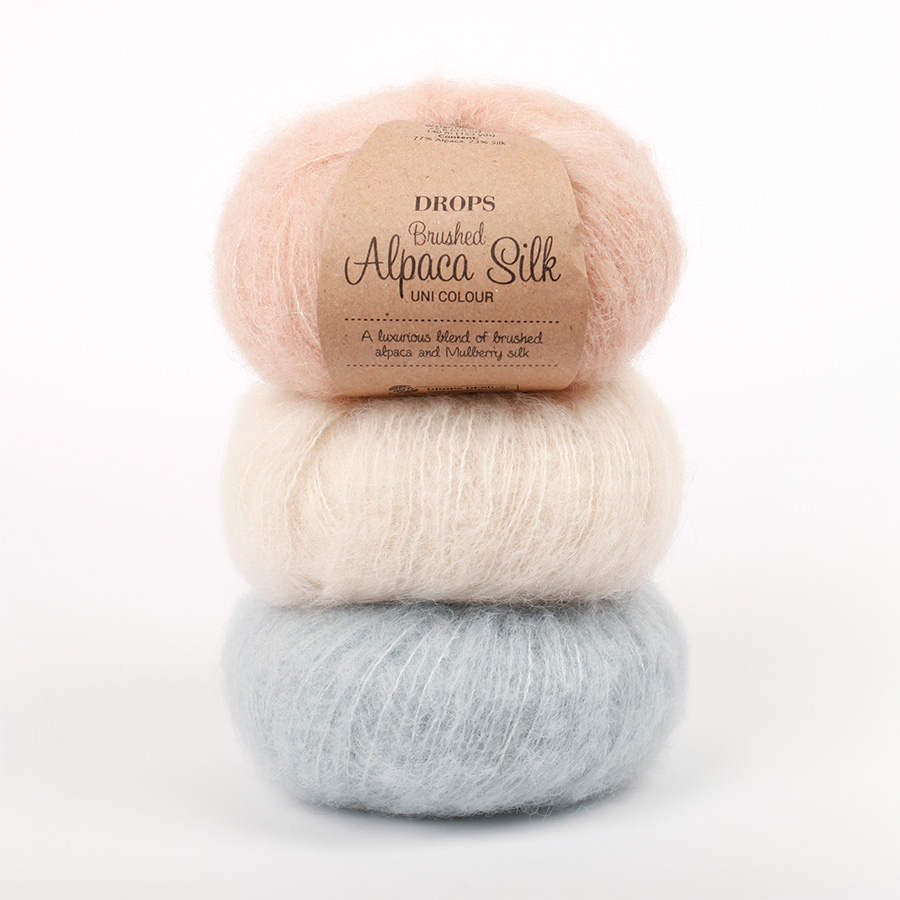
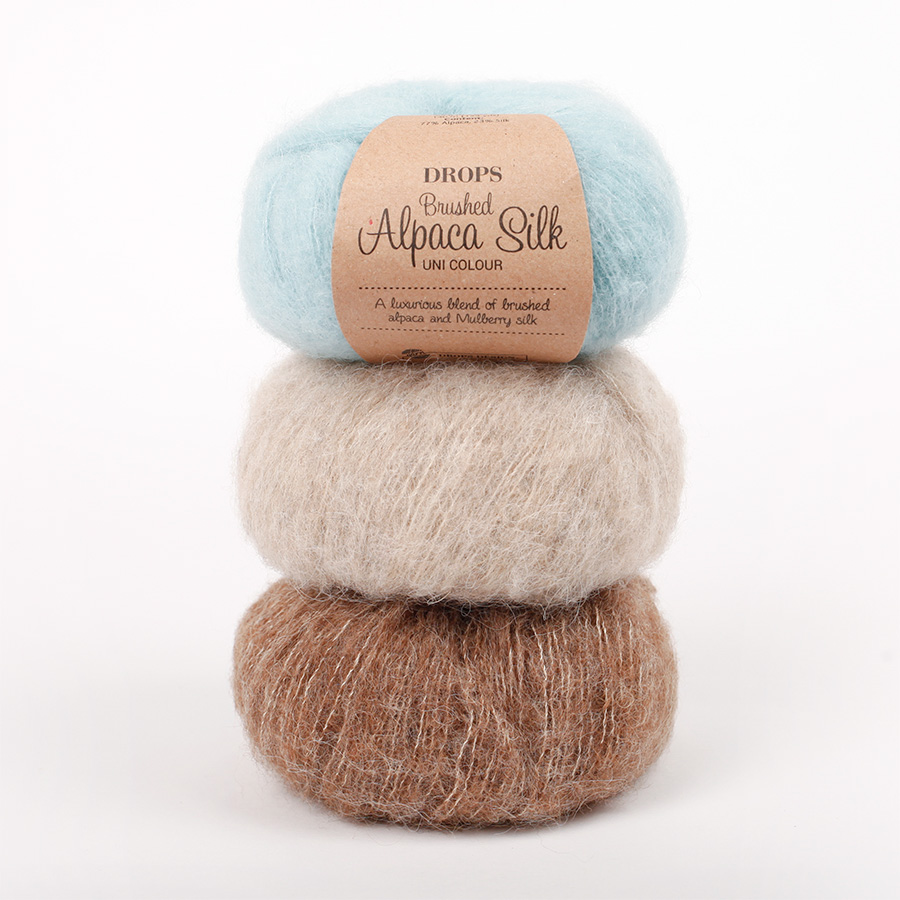
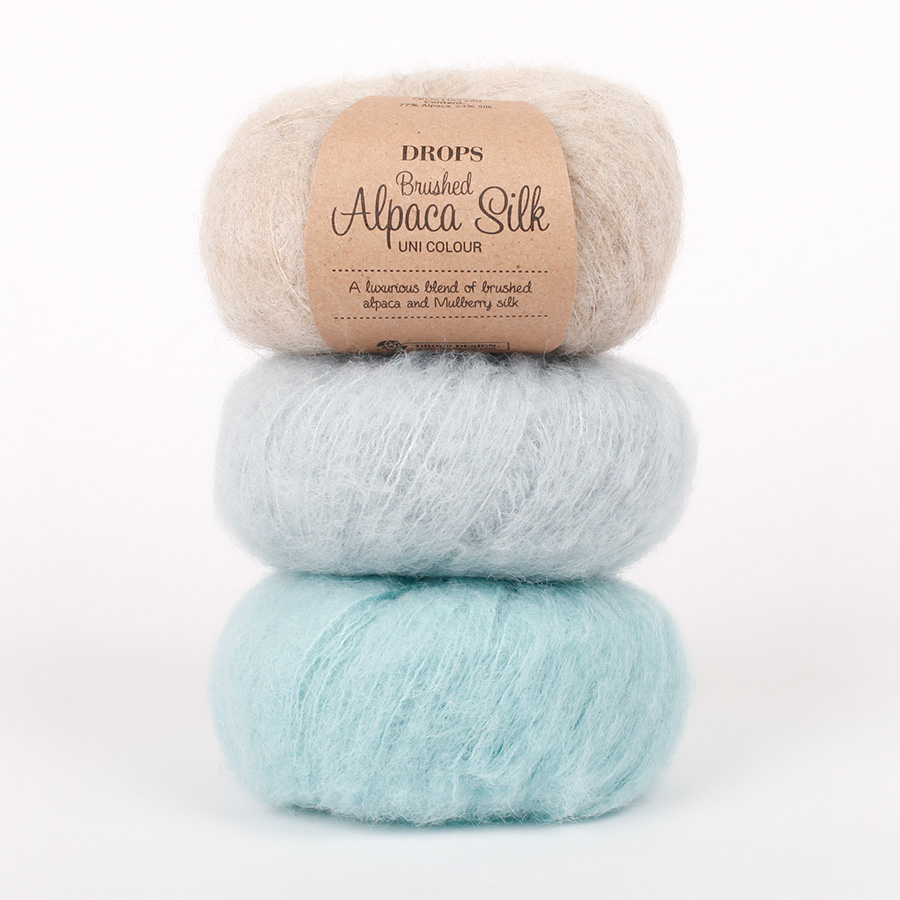


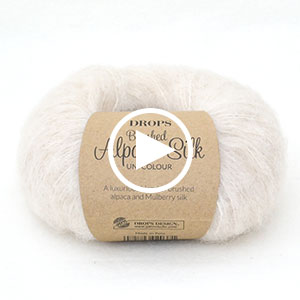



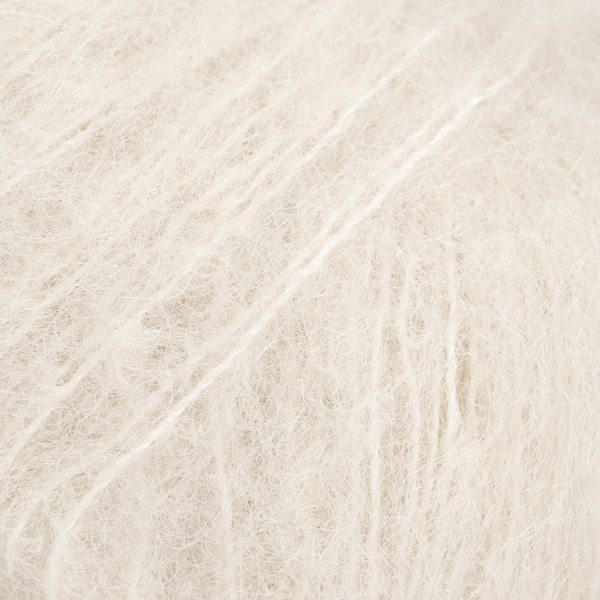












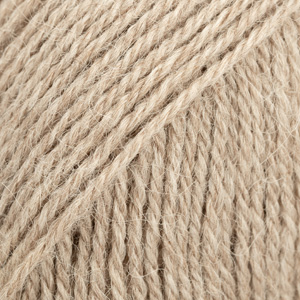






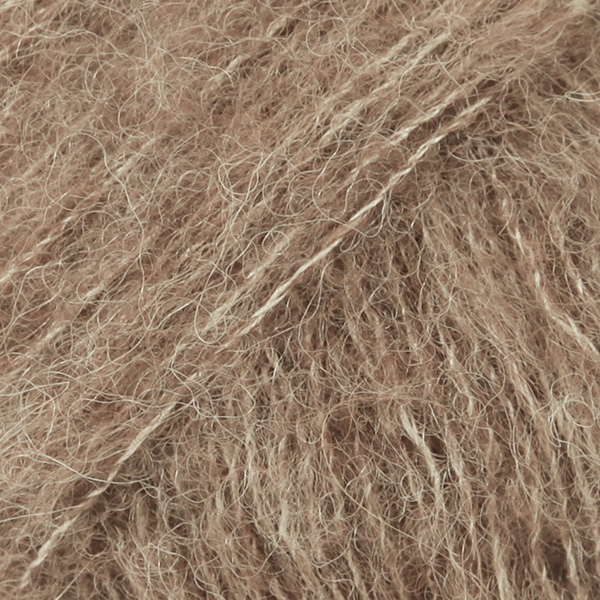
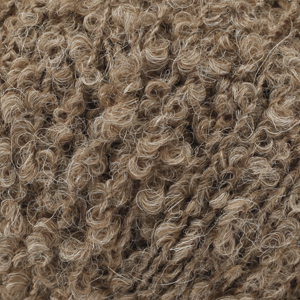





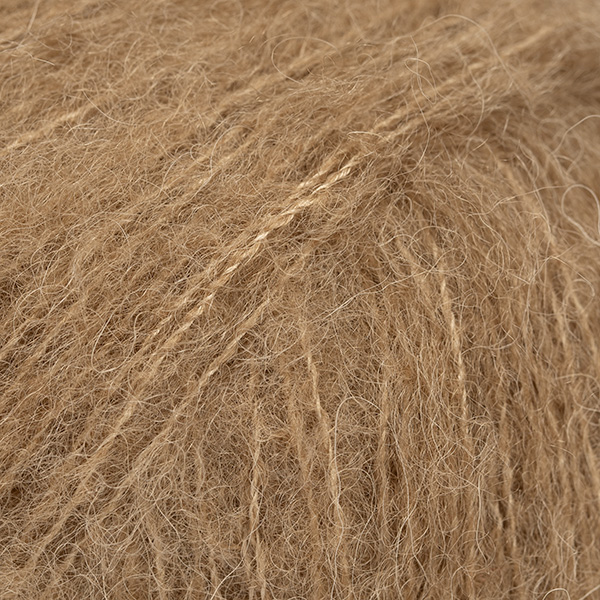


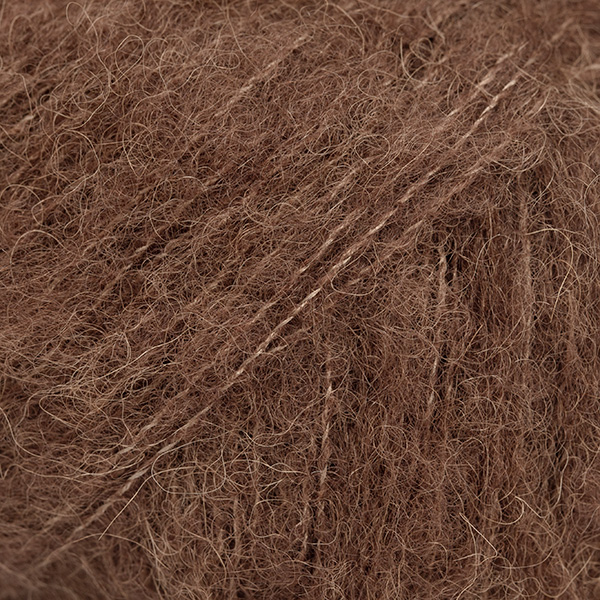

























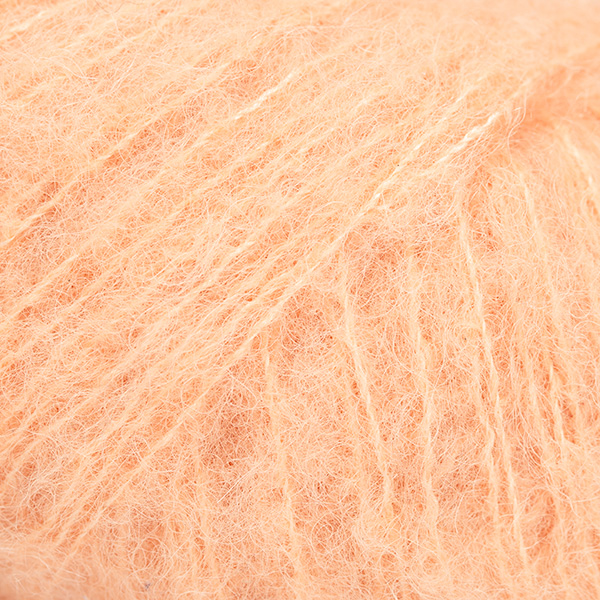












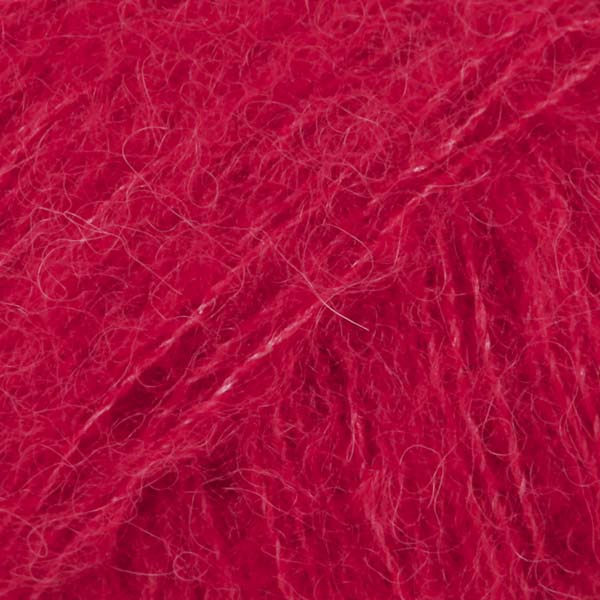



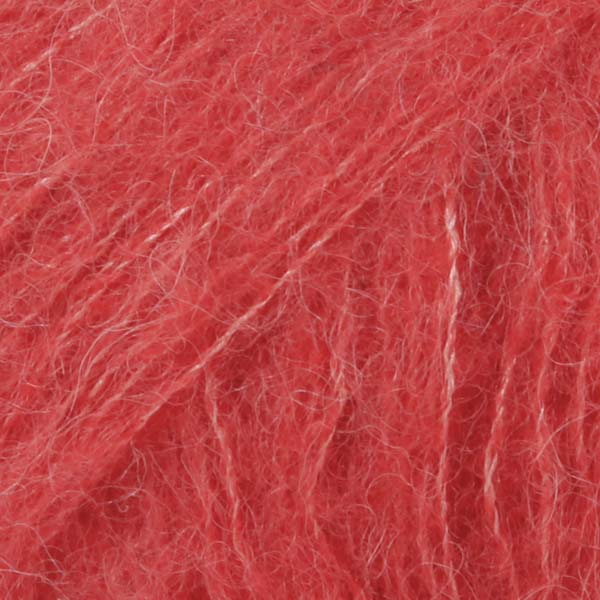


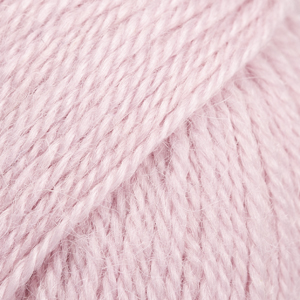


















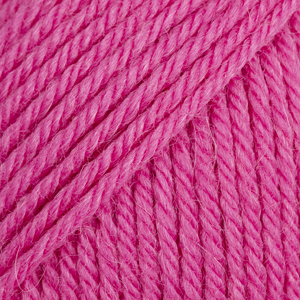




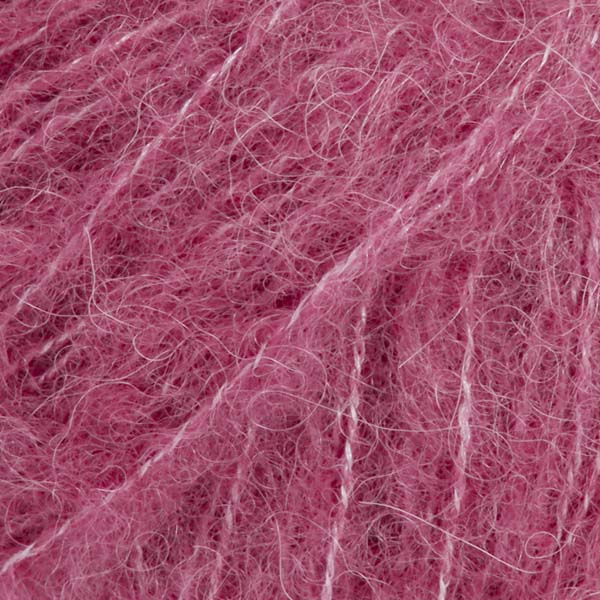


















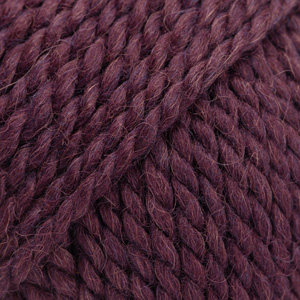

















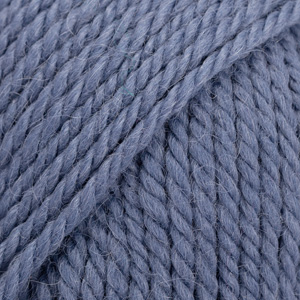





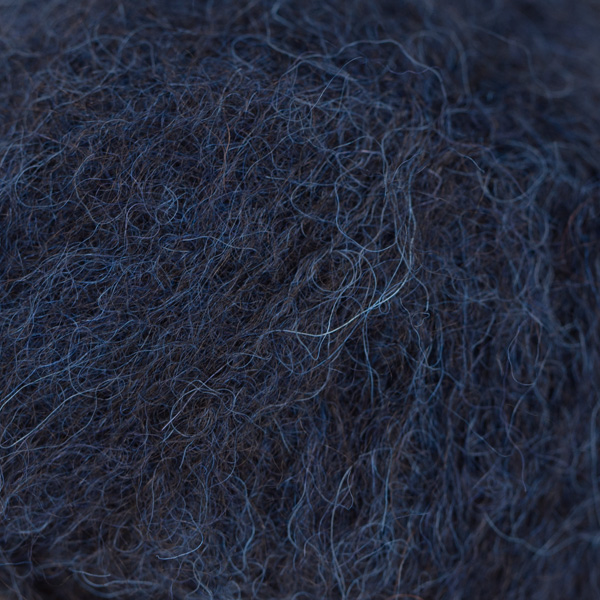





























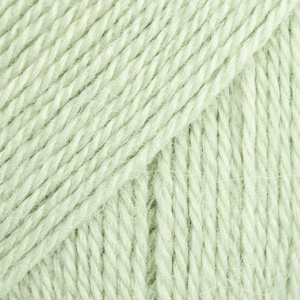






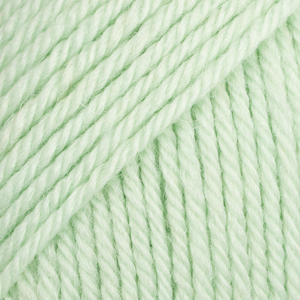






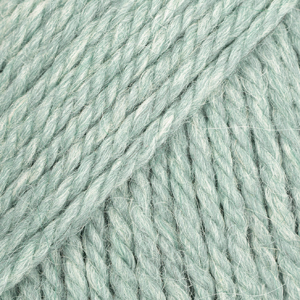











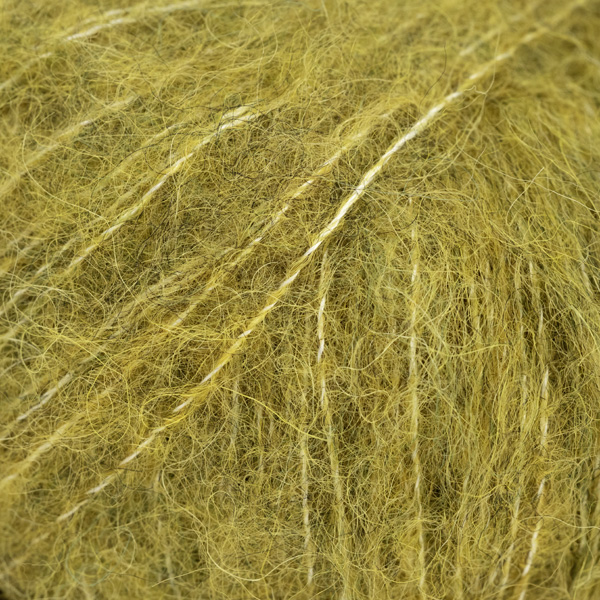





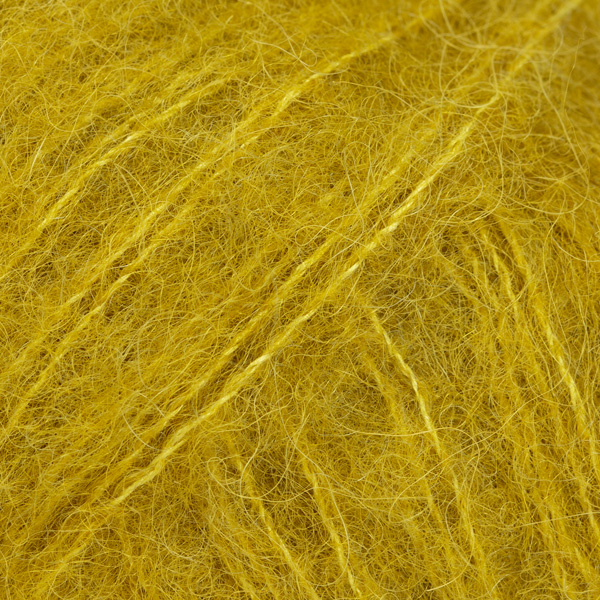






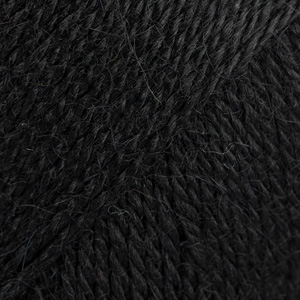













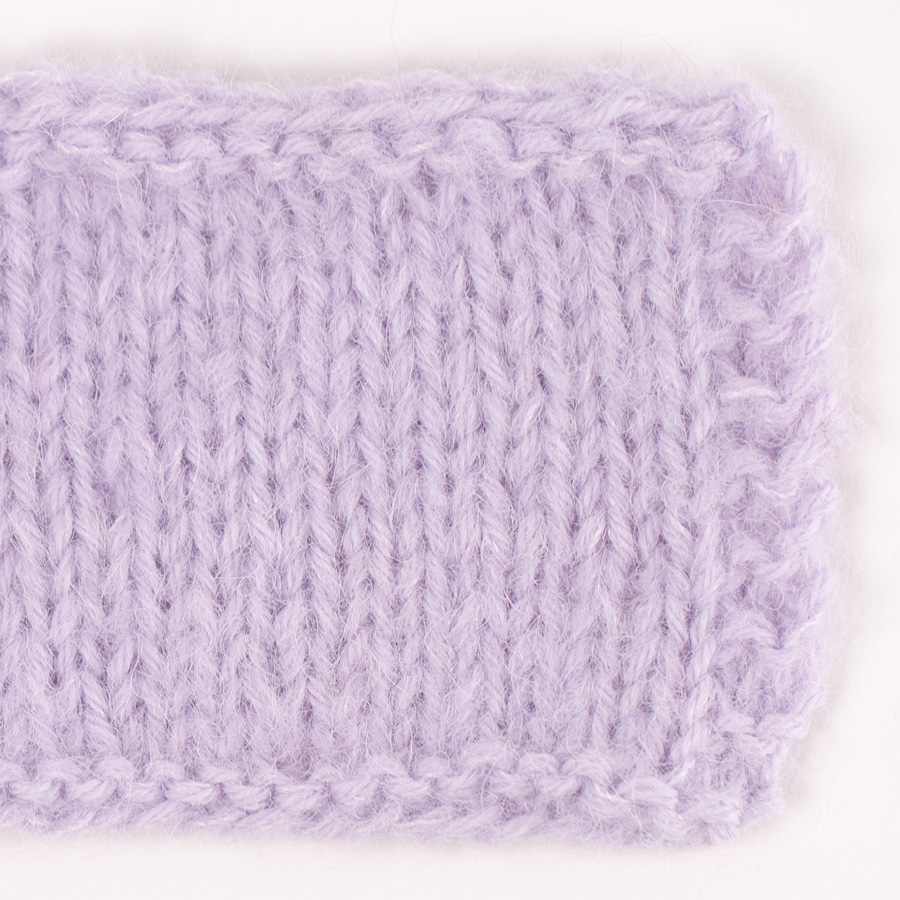
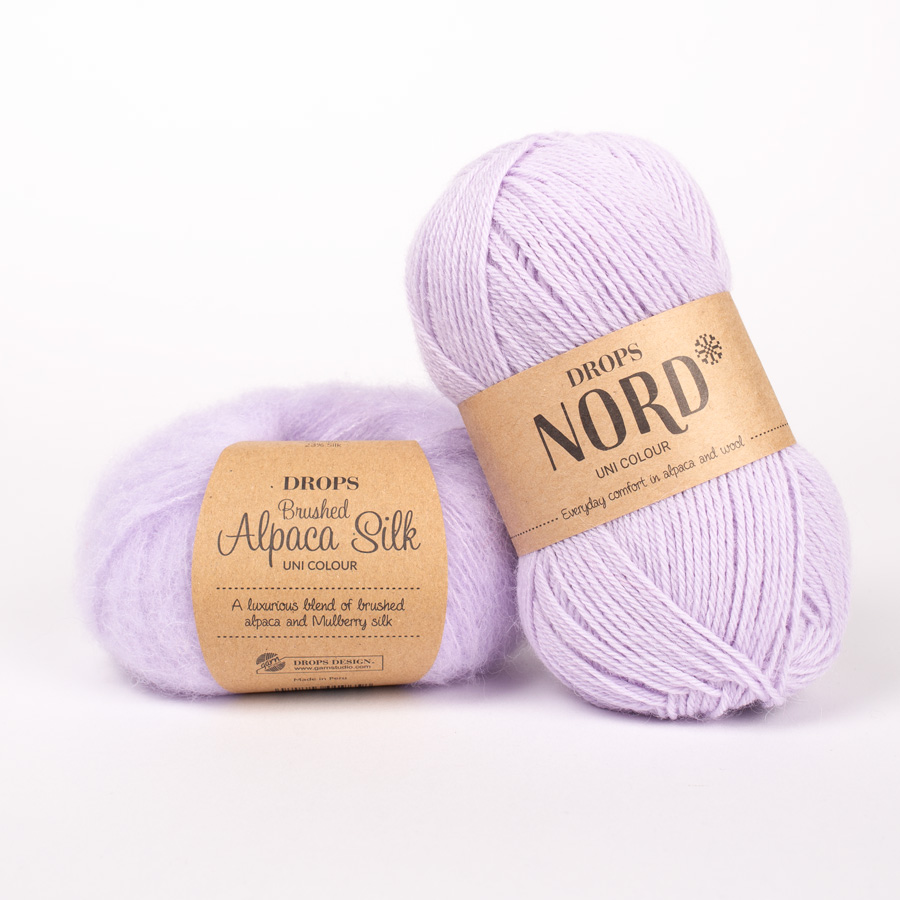
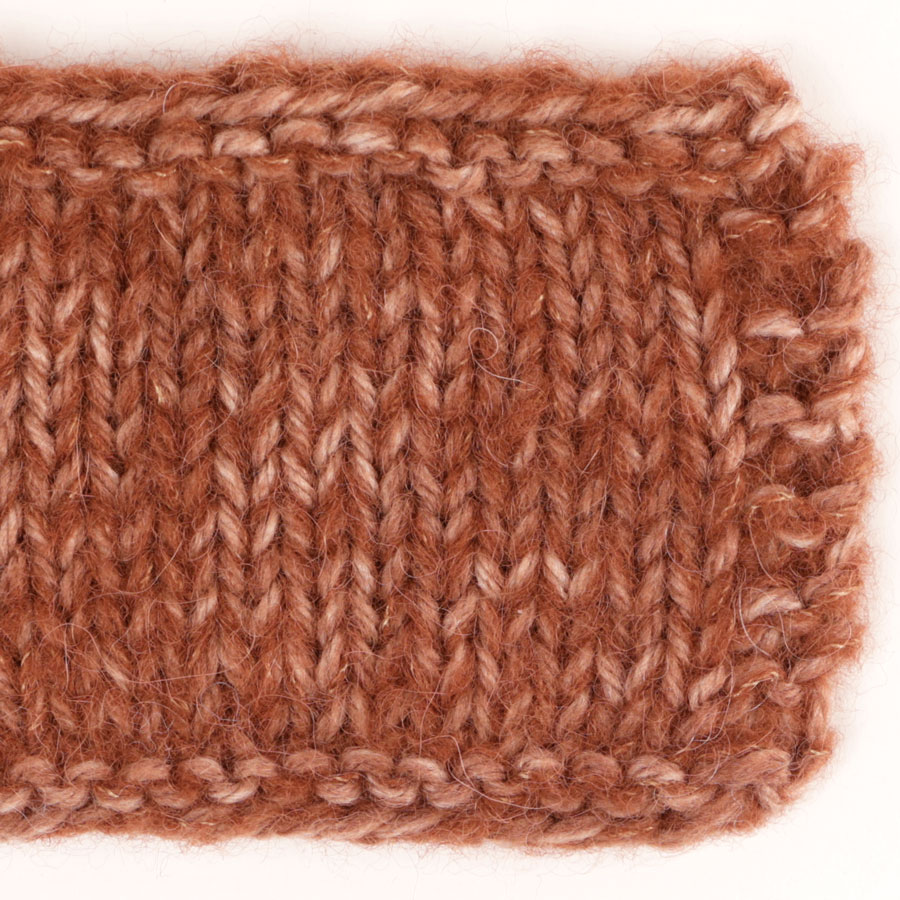
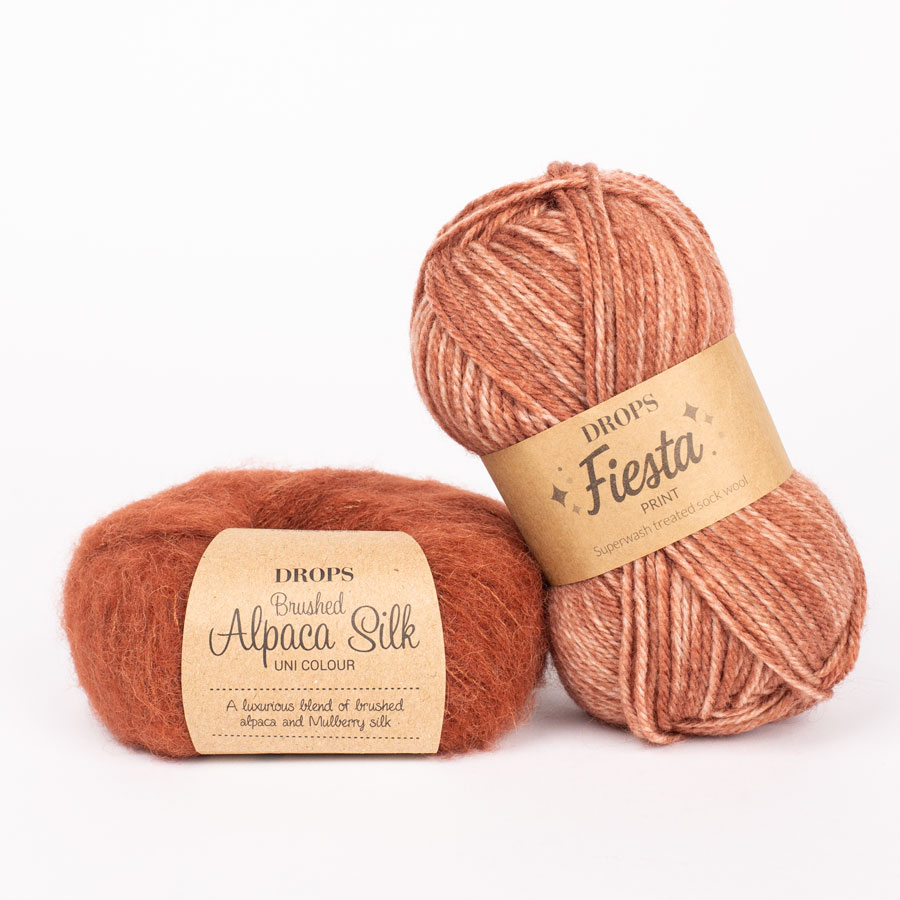
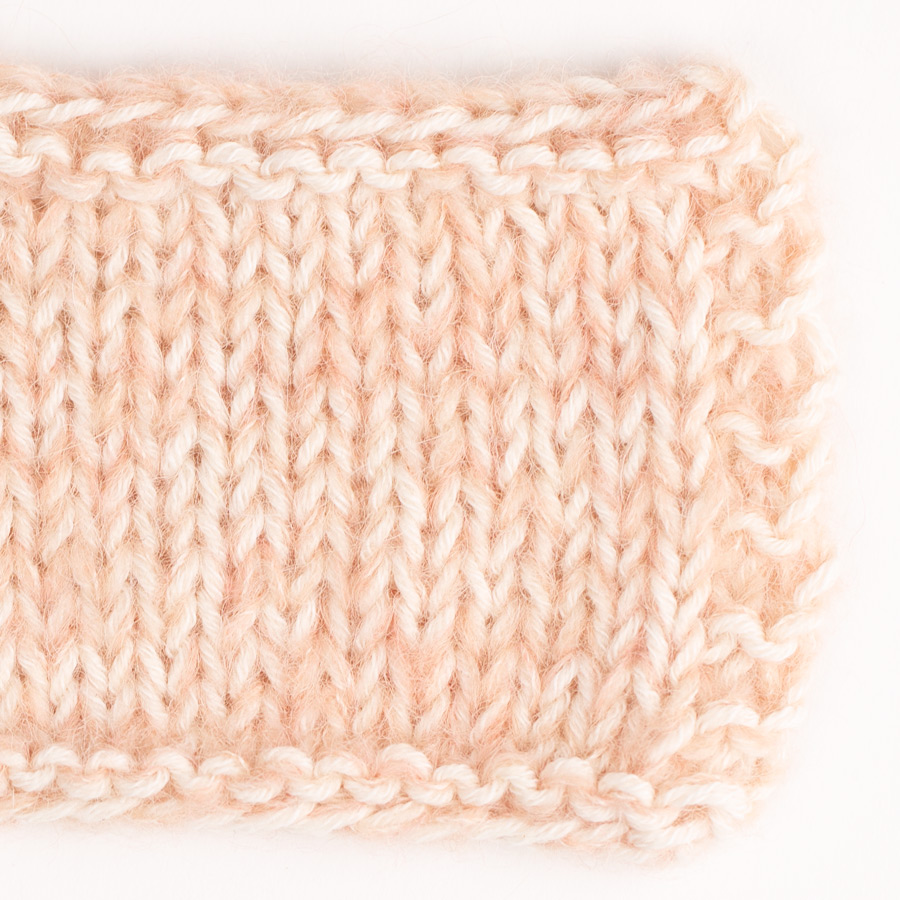

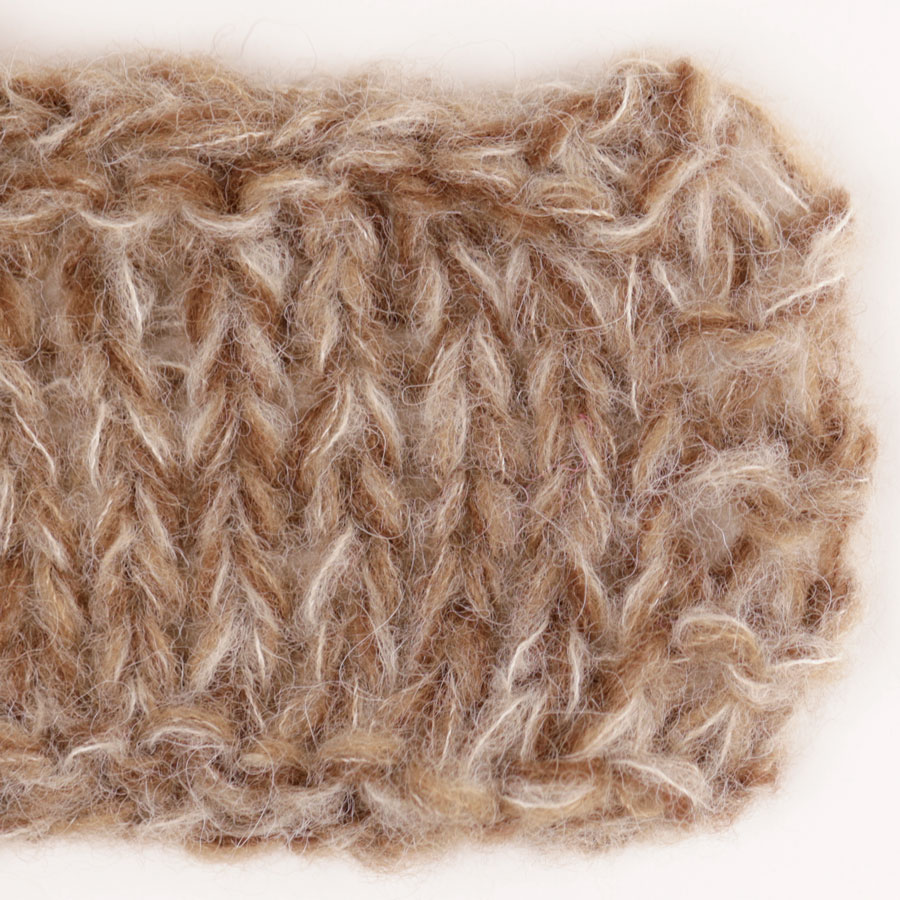
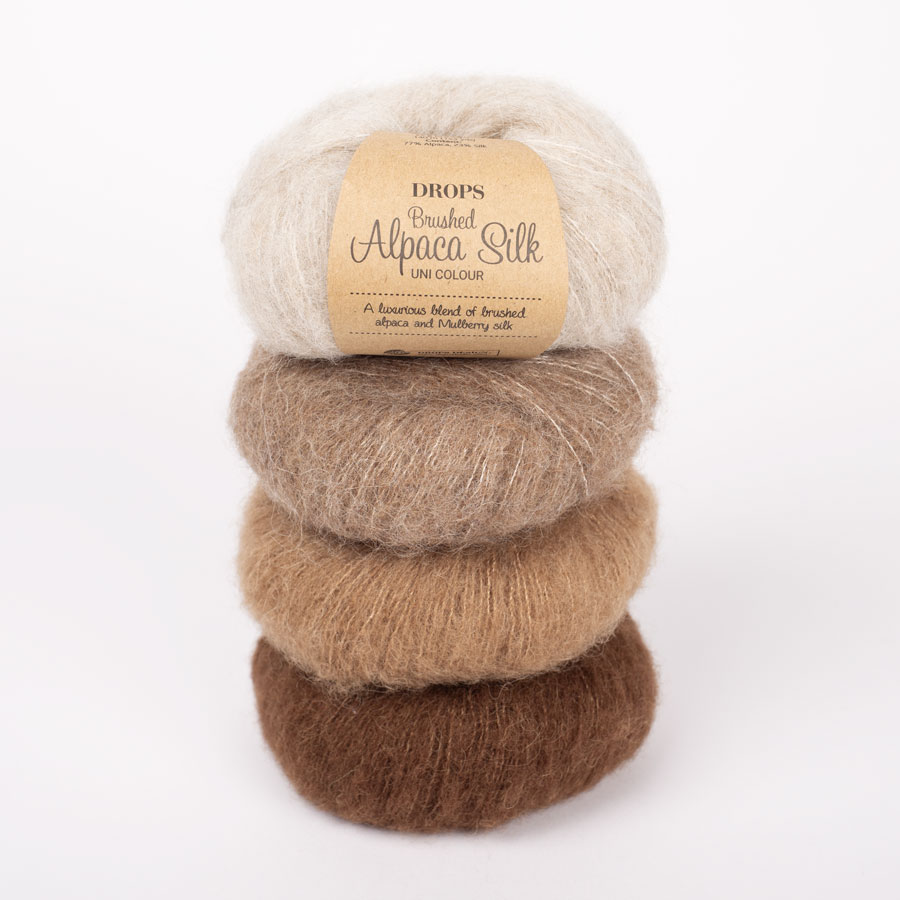
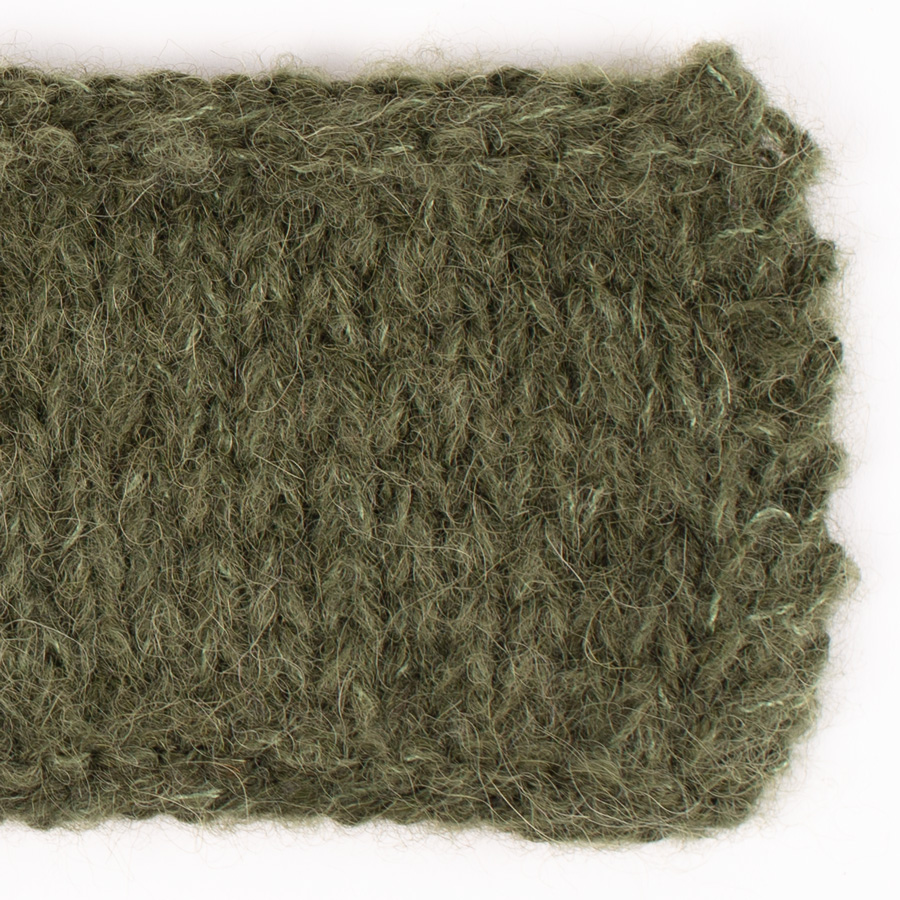
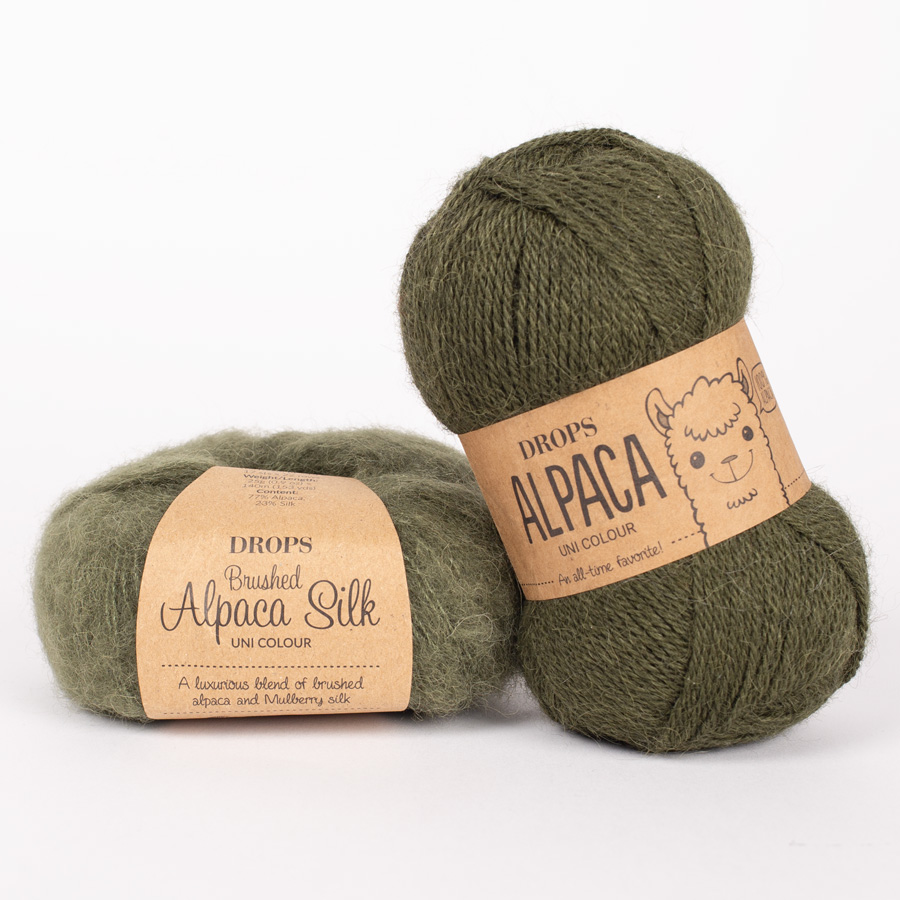
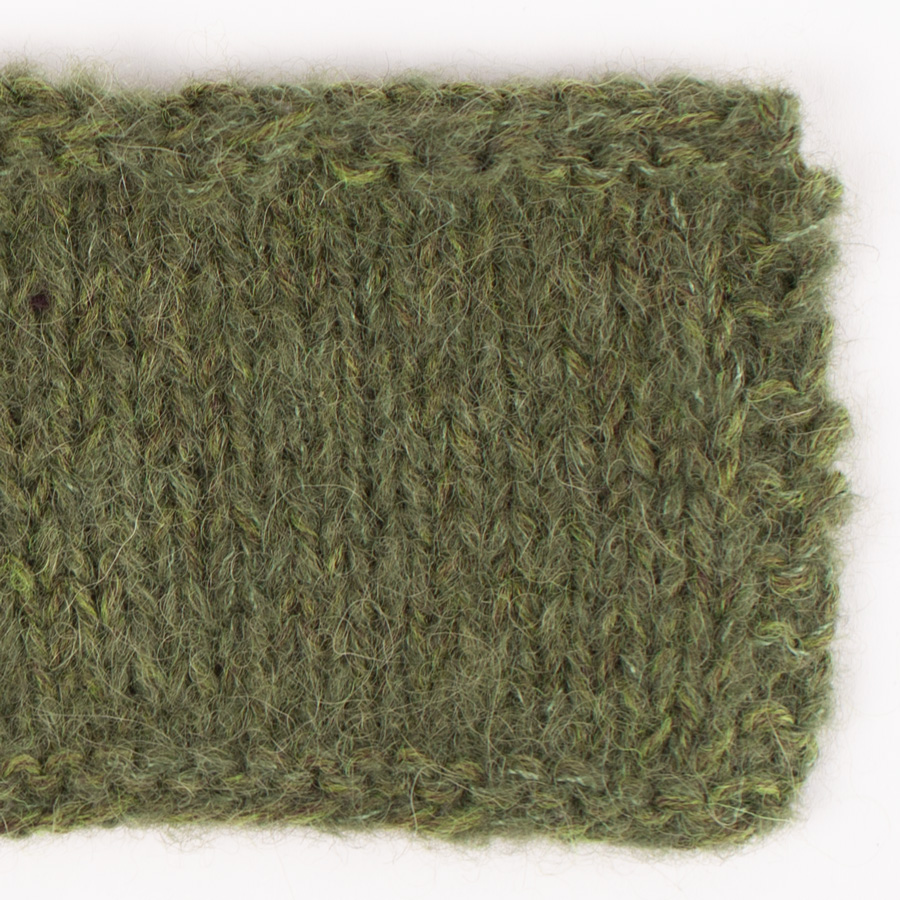
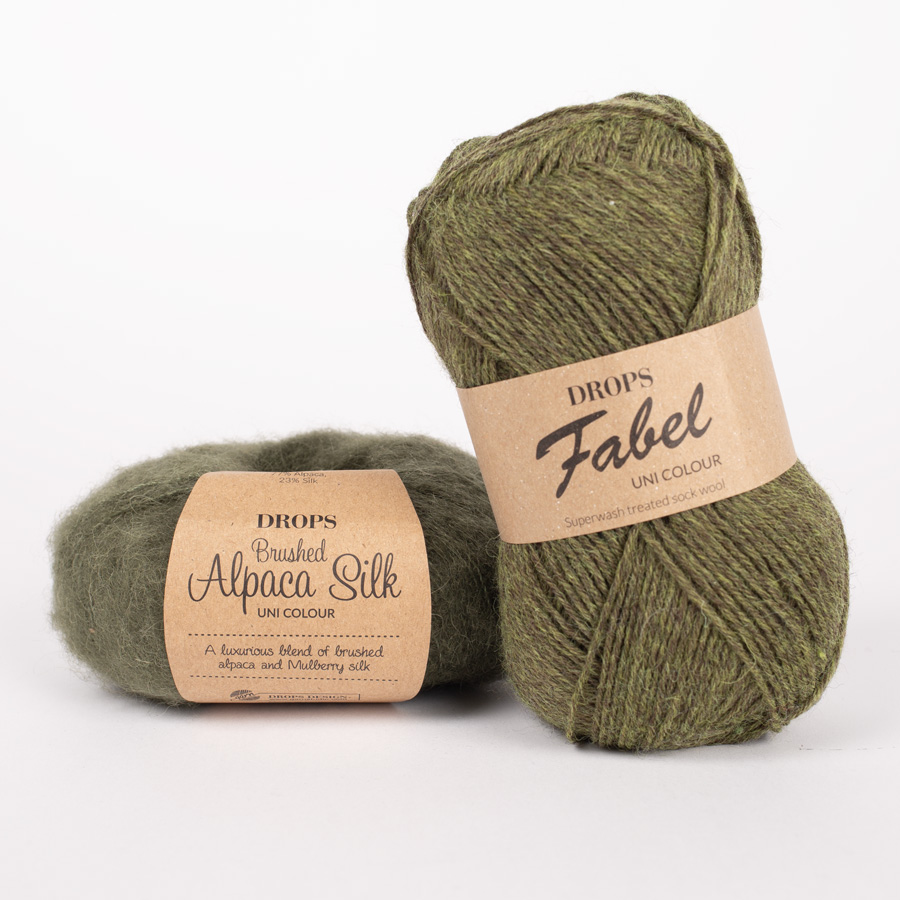


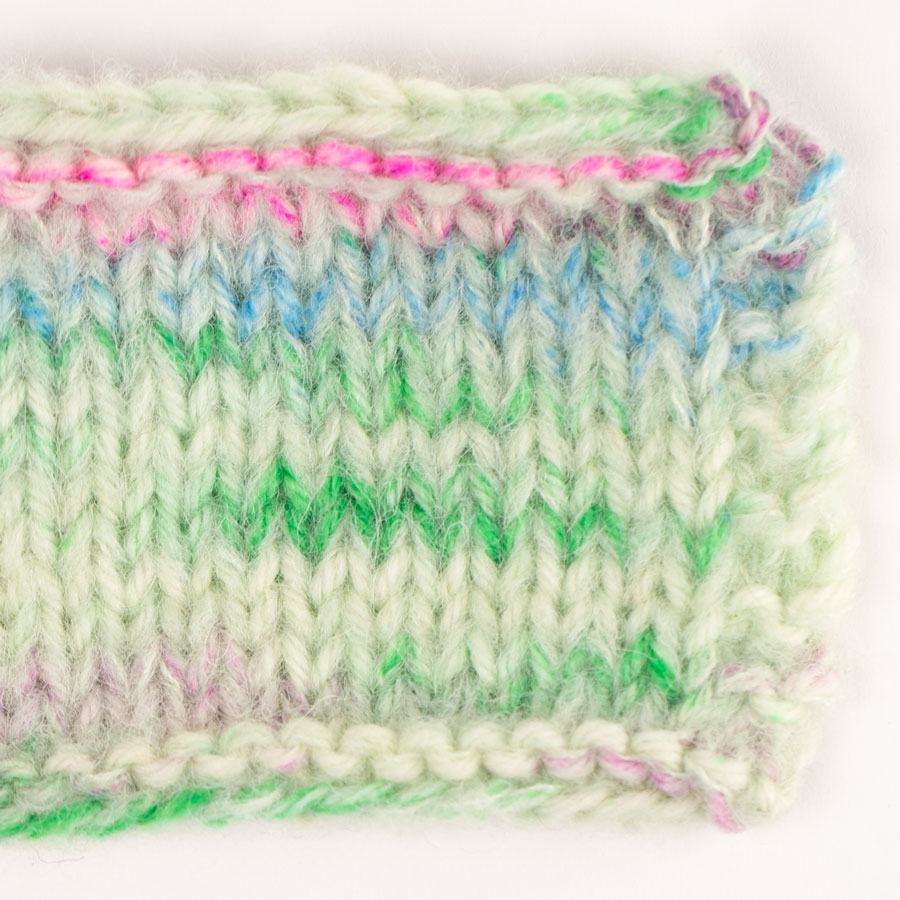
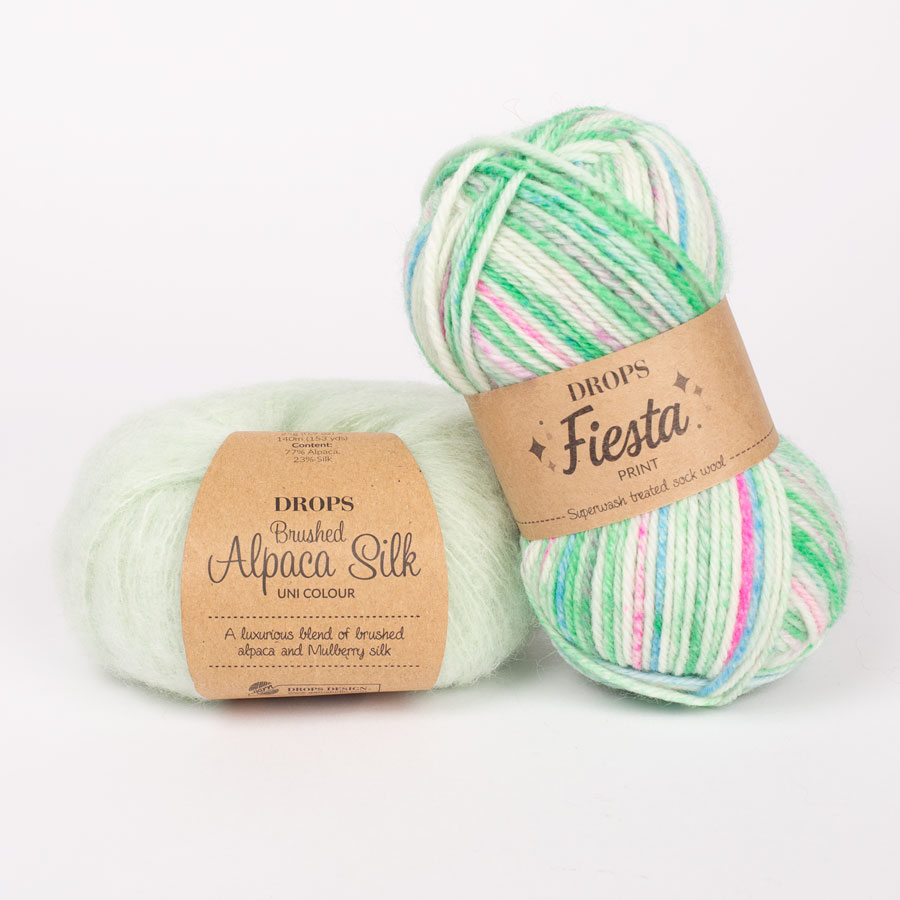


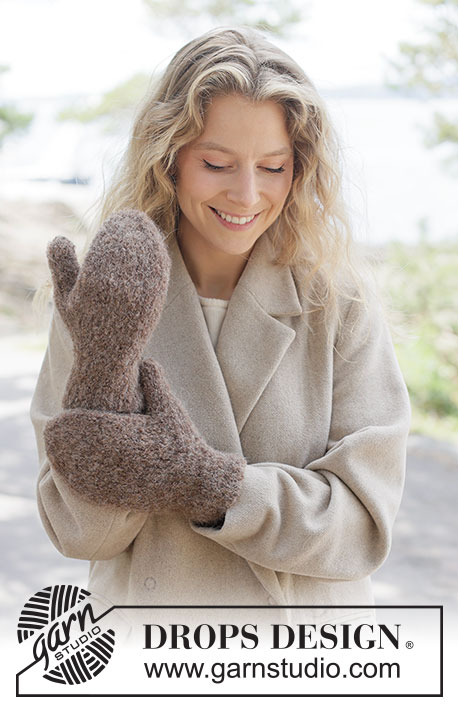





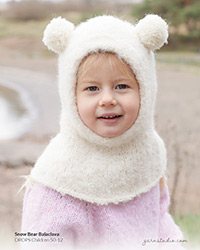
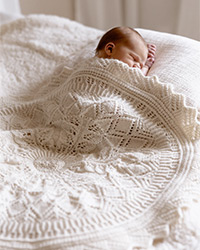
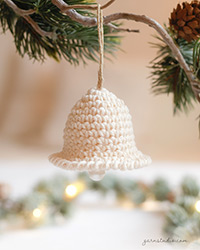
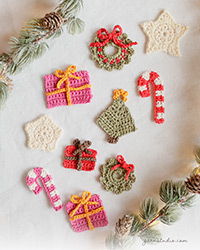

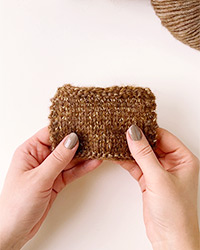
Je ne vois toujours pas la couleur rose poudré,quant peut-on espérer en avoir,j'attends j'attends.
01.01.2014 - 18:39